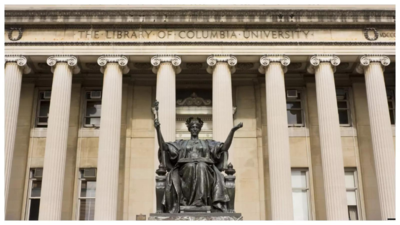Despite efforts to increase access to higher education, fewer rural students in the US are choosing to attend college. According to data from the National Student Clearinghouse Research Center, only 55% of rural high school graduates enrolled in college in 2023. This is significantly lower than the 64% of suburban and 59% of urban graduates who went on to higher education.The college enrolment rate for rural students has remained largely flat in recent years, even though many rural school districts have expanded dual enrolment programmes and financial support. This suggests other factors are influencing rural students’ decisions not to pursue college degrees.Higher graduation rates do not lead to more college enrolmentsRural students graduate from high school at higher rates than their urban and suburban peers. However, their transition to college is less frequent. According to US Department of Education data, only about 21% of rural adults aged 25 and over hold a bachelor’s degree, compared to 36% in other areas.In western New York’s Wyoming County, Perry High School graduate Briar Townes took college-level drawing and painting classes in high school, earning college credits. Yet, as reported by the Associated Press, he does not plan to attend college. “My stress is picking an option, not finding an option,” Townes said, referring to job opportunities in local industries like the “cookie factory” Creative Food Ingredients and local factories.Growth in dual enrolment but persistent challengesDual enrolment programmes allow high school students to take college courses early. The US Department of Education reports that about 15% of rural students were enrolled in college classes through such programmes in January 2025. While these opportunities are increasing, rural participation remains slightly below that of urban and suburban students.The Perry Central School District has seen some success by directing federal pandemic relief funds to cover tuition for dual enrolment in partnership with Genesee Community College. College enrolment among Perry graduates rose from 60% in 2022 to 67% in 2024 but dropped to 56% for the 2025 class.Alternative career paths and community valuesMany rural communities offer stable employment in agriculture, manufacturing, and technical trades, which do not require a college degree. Devon Wells, a student from Perry, told the Associated Press that he is considering welding or electrical line work with higher pay than local farm work. Neither he nor Townes’ parents strongly encouraged college attendance.Q.I. Roberts Jr.-Sr. High School in Putnam County, Florida, aims for 100% college acceptance each year, despite only 14% of adults holding bachelor’s degrees locally. Principal Joe Theobold said the goal is for students to explore the world and themselves through higher education, as reported by the Associated Press.Economic benefits and political scepticismResearch from the Social Security Administration finds that men with bachelor’s degrees earn approximately $900,000 more over their lifetimes than those with only a high school diploma, while women earn about $630,000 more. However, rising college costs and political narratives have contributed to scepticism about higher education’s value, particularly in rural areas dominated by Republican voters.Andrew Koricich, executive director of the Alliance for Research on Regional Colleges, told the Associated Press that persistent negative narratives about college make it difficult to promote higher education. He added, “People with a bachelor’s degree, on average, earn 65% more than people with a high school diploma only.”TOI Education is on WhatsApp now. Follow us here.






